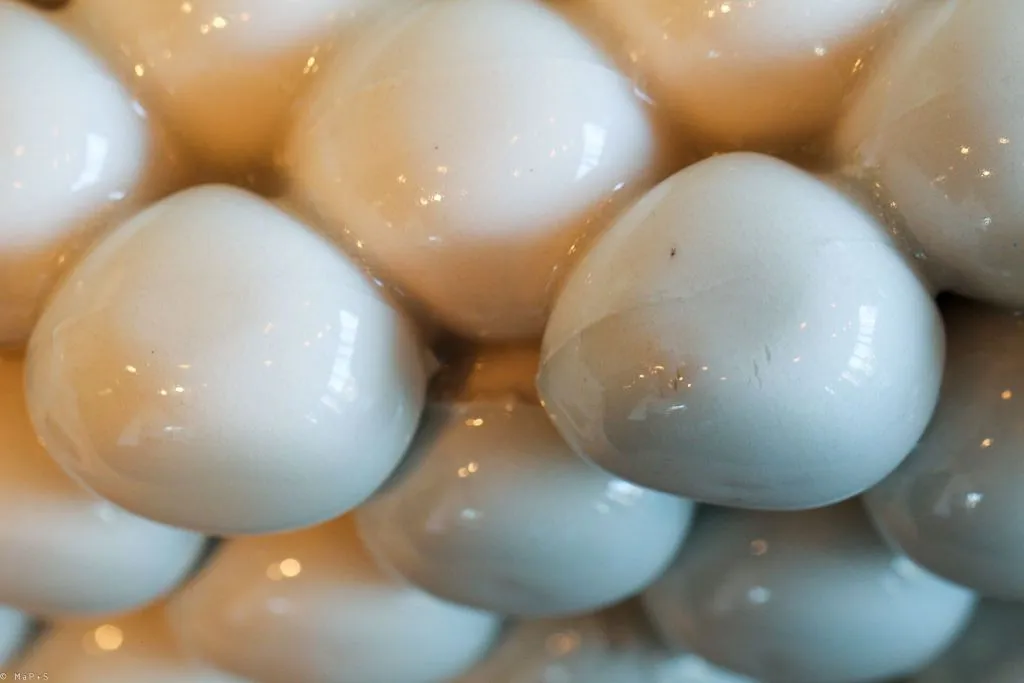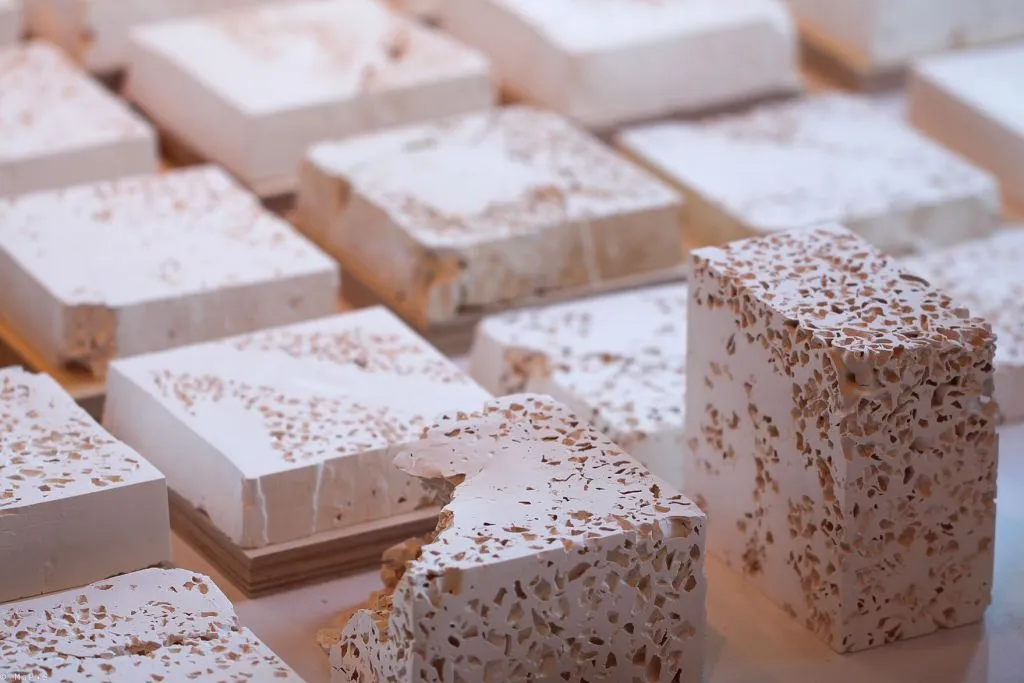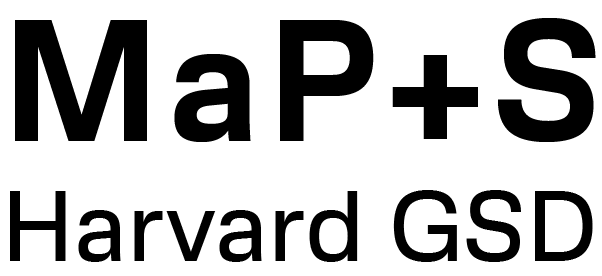Exhibition: Material Systems: Digital Design and Fabrication | SCI-6317



We are thrilled to announce the exhibition of the work done by students in the class Material Systems: Digital Design and Fabrication, led by Prof. Martin Bechthold and Jose Luis Garcia del Castillo.
The exhibition will be open Jan. 30th through Feb. 16th 2018 at the Harvard Ceramics Studio and the opening reception will take place on Tuesday, Jan. 30th at 5 pm.
The translation between architectural design and the subsequent actualization process is mediated by various tools and techniques that allow design teams, fabricators and installers to engage the materiality of architecture. Over the past decade advances in material development have been catalyzed by increasingly robust implementations of digital design and fabrication techniques that have empowered designers through digital modelling, simulation, and the increasingly digital augmentation of all physical processes. Creative applications of material related technologies have produced new forms of expression in architecture, triggered a debate on digital ornament, and continue to advance the performative aspects of buildings. Yet we are only at the beginning of a new age of digital materiality…
The course positions material systems as combinations of design technologies with material processing and manipulation environments. Material systems are positioned as central to a research-based design enquiry that capitalizes on opportunities that emerge when craft-based knowledge is synthesized with CNC-machines, robotic technologies, additive manufacturing and material science. This year’s course will focus on ceramic systems and includes a collaboration with the Harvard Ceramics Studio in Allston (consultant: Kathy King). Ceramics is the first ever material created by mankind – it is omnipresent in the craft-studio as well as in industrial manufacturing settings. Pleasing to the touch and easily manipulated by hand, it can just as easily be subject to digital technologies and robotic approaches. While ceramic-specific aspects of material design and manipulation will be taught emphasis is on understanding ceramics as a microcosm of material research that offers insights which transfer to work with almost any material used in architecture.
